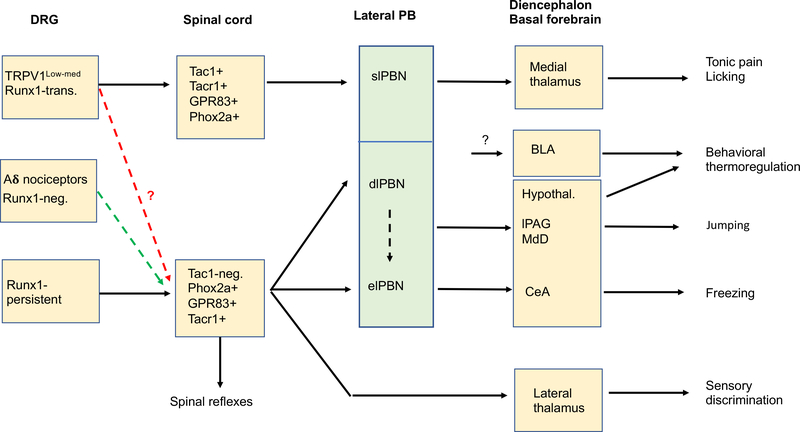Figure 4. Partially segregated neural pathways driving different types of behaviors under acute conditions.
Adult Runx1-transient (“Runx1-trans.”; for example, TRPV1low-med) neurons (see Figure 3) may be connected to the spinal-slPBN-medial thalamic pathways that drive acute tonic pain and interoceptive self-caring behaviors such as persistent licking around the injured area. Adult Runx1-persistent neurons (see Figure 3) drive spinal reflexes vial local circuits and behavioral thermoregulation via the spinal-dlPBN-hypothalamic pathways plus the BLA pathway, although the route leading to BLA activation remains unknown (black “?”). Runx1-negative Aδ nociceptors also contribute to reflexive behaviors, such as reflexes in response to pinpricking stimulation by a thin needle (Arcourt et al., 2017; Qi et al., 2020). it remains unclear if defensive reactions such as freezing and jumping are driven by Runx1-persistent, Runx1-negative Aδ nociceptors (green dashed arrow) and/or Runx1-transient TRPV1low-medium neurons (red dashed arrow). PB: parabrachial nuclei. slPBN, dlPBN and elPBN: the superior lateral, the dorsolateral, and exterior lateral PB nuclei, respectively. BLA: the basal lateral nucleus of the amygdala. Hypothal.: hypothalamic nuclei. lPAG: the lateral periaqueductal gray nuclei. MdD: the dorsal reticular formation of the medullar (MdD). CeA: the central nuclei of the amygdala. Tac1-neg.: spinal Tac1-negative neurons.

